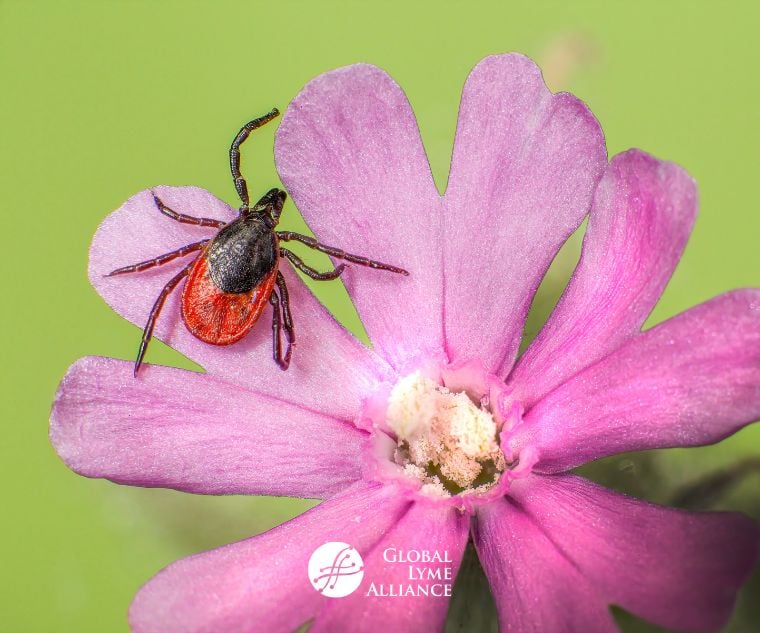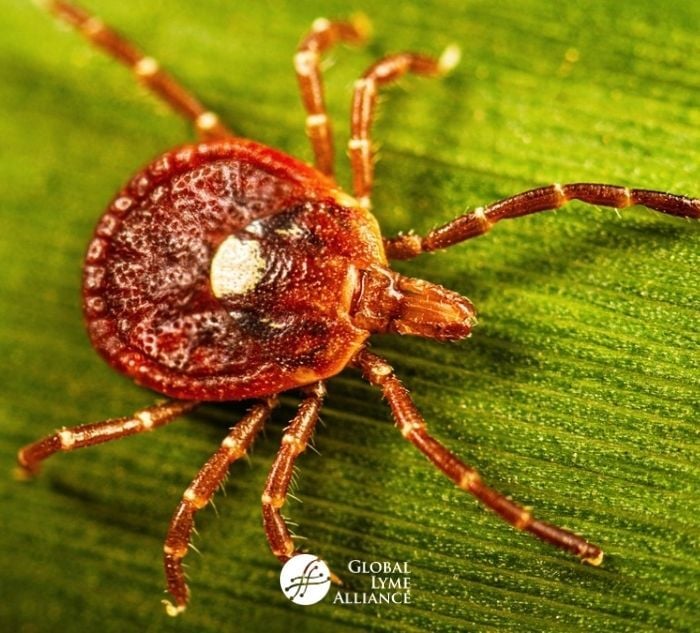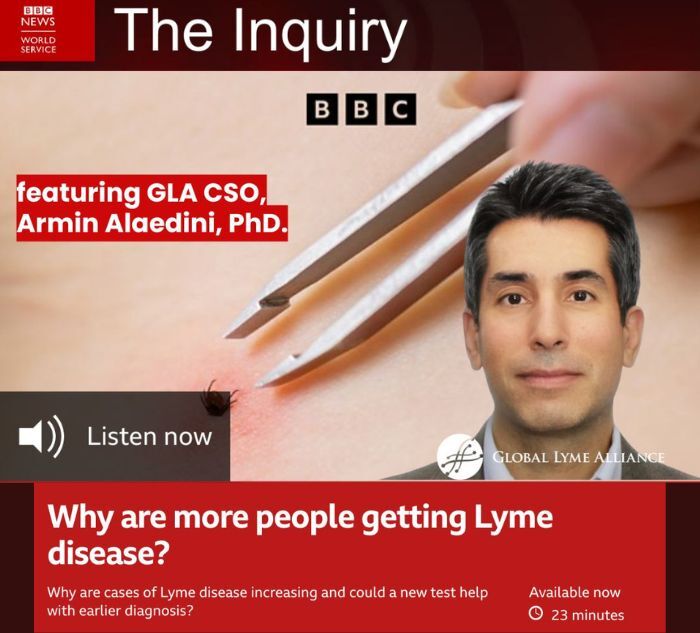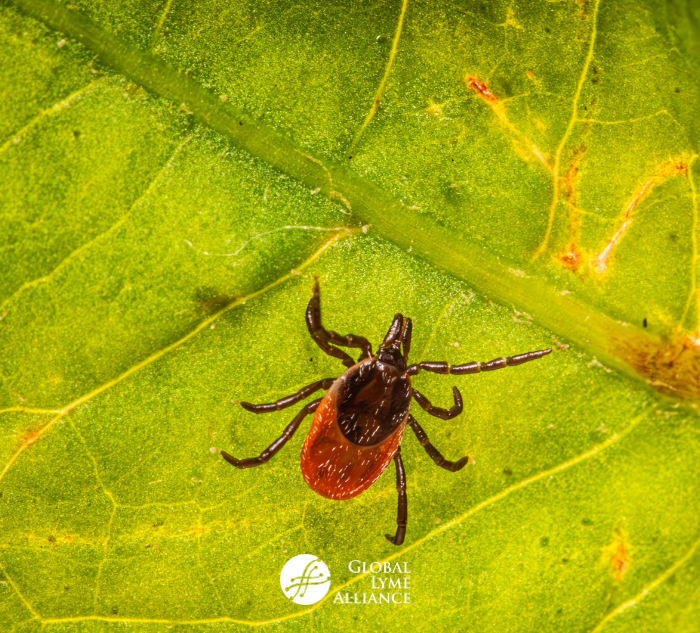
Welcome to the school of Lyme. Here are six tips for those newly diagnosed with Lyme disease.
Every day, I receive emails from people who have recently been diagnosed with Lyme disease. As most of us do when we hear a new medical term or leave a doctor’s office, these people frantically search the web looking for information. Sometimes they come across one of my blog posts. Then they write with questions about treatment, with requests for finding a good doctor and with prayers that I will be able to offer them some hope. Most of all, they want to know: “What do I do to get better?”
Because I find myself offering the same responses to many such patients, I thought I would create a “School of Lyme For the Newly Diagnosed.” Consider this a brief survey course on tick-borne illness, open to anyone who wants to learn the basics of what to do when you get (or suspect) a Lyme diagnosis.
Lesson 1: It’s Lyme, not Lyme’s!
It’s important to know the correct name of your disease! Many people mistakenly call it Lyme’s disease, assuming it was discovered by a Dr. Lyme. In fact, Lyme is named for the town in which it was first detected: Lyme, Connecticut. As for the names of co-infections, those are not as simple, but should still be part of your working vocabulary; we’ll get to those in Lesson 5.
Lesson 2: All cases are different
Everyone’s looking for a one-size-fits-all treatment protocol. Unfortunately, that doesn’t exist, and here’s why: Lyme bacteria, called spirochetes, impact every victim differently. It depends how quickly the infection was caught and diagnosed; how far it’s spread, and to where. The bacteria can affect different organs, muscles, bones and cells in different patients. It can cross the blood-brain barrier and enter the central nervous system. Moreover, there may be co-infections present—the list goes on and on. A Lyme doctor can see a thousand patients and use a thousand different protocols. Telling you what antibiotics I took won’t help you; you need to work with your doctor to figure out the best combination for you.
Lesson 3: Find an LLMD
An LLMD is a Lyme Literate Medical Doctor. This is a physician who has trained with ILADS (The International Lyme and Associated Diseases Society). Some practitioners claiming to be Lyme literate may not be versed in all tick-borne disease. The best way to know you are getting good treatment is to make sure your doctor is ILADS-trained. You can find an ILADS-trained physician in your area through Global Lyme Alliance, by clicking on GLA.org/find.
Lesson 4: Get tested for co-infections
Unfortunately, ticks don’t only carry Lyme disease. Many of them harbor what are known as co-infections: other tick-borne diseases besides Lyme. The most common are babesiosis, ehrlichiosis, anaplasmosis, and bartonella, but there are many others. It’s critical that you get tested for co-infections along with Lyme disease. If you are receiving treatment for Lyme and haven’t been tested for other tick-borne infections, you may be fighting only half the battle.
Lesson 5: Take probiotics
Antibiotics kill spirochetes, but they also kill the good bacteria in your gut, which can cause a yeast infection. To combat this, take probiotics (available at any pharmacy or health food store). Important: make sure you take the probiotics at least two hours before or after you take the antibiotics; if you take them too close together, the antibiotics will kill the probiotics.
Lesson 6: Don’t panic
The information available at our fingertips in this internet age is a double-edged sword. You may read stories that terrify you. Remember, every case of Lyme disease is different. If you catch tick-borne illnesses and treat them immediately, chances are you will not suffer as long those who have been sick for many years. Don’t let my story or those of other chronically ill patients frighten you. Do let these stories offer you hope, however, especially if you have been sick for a long time. I am living proof that even the worst cases of tick-borne illness can eventually be wrestled into remission. I am living proof that long-term treatment works. I am living proof that it’s a long road between being bedridden and skiing, but it can be traveled.
Most importantly, know that you are not alone in this fight. There are many of us battling tick-borne diseases right alongside you. We feel your pain. We validate your suffering. And we know that it can get better. There is hope!
Click below to sign up for GLA's newsletter.
The above material is provided for information purposes only. The material (a) is not nor should be considered, or used as a substitute for, medical advice, diagnosis, or treatment, nor (b) does it necessarily represent endorsement by or an official position of Global Lyme Alliance, Inc. or any of its directors, officers, advisors or volunteers. Advice on the testing, treatment or care of an individual patient should be obtained through consultation with a physician who has examined that patient or is familiar with that patient’s medical history.

Jennifer Crystal
Writer
Opinions expressed by contributors are their own. Jennifer Crystal is a writer and educator in Boston. Her work has appeared in local and national publications including Harvard Health Publishing and The Boston Globe. As a GLA columnist for over six years, her work on GLA.org has received mention in publications such as The New Yorker, weatherchannel.com, CQ Researcher, and ProHealth.com. Jennifer is a patient advocate who has dealt with chronic illness, including Lyme and other tick-borne infections. Her memoir, One Tick Stopped the Clock, was published by Legacy Book Press in 2024. Ten percent of proceeds from the book will go to Global Lyme Alliance. Contact her via email below.







-2.jpg)